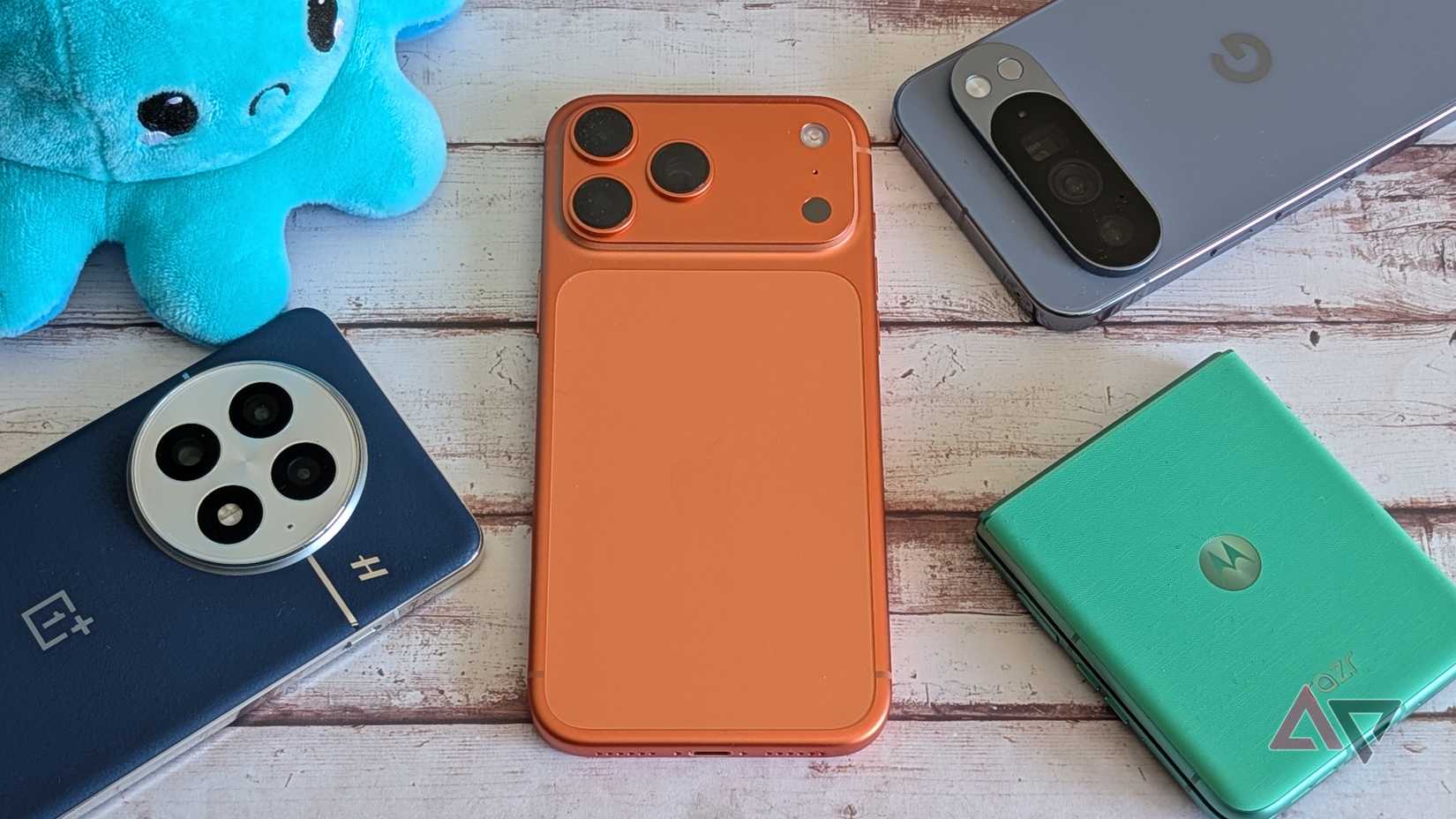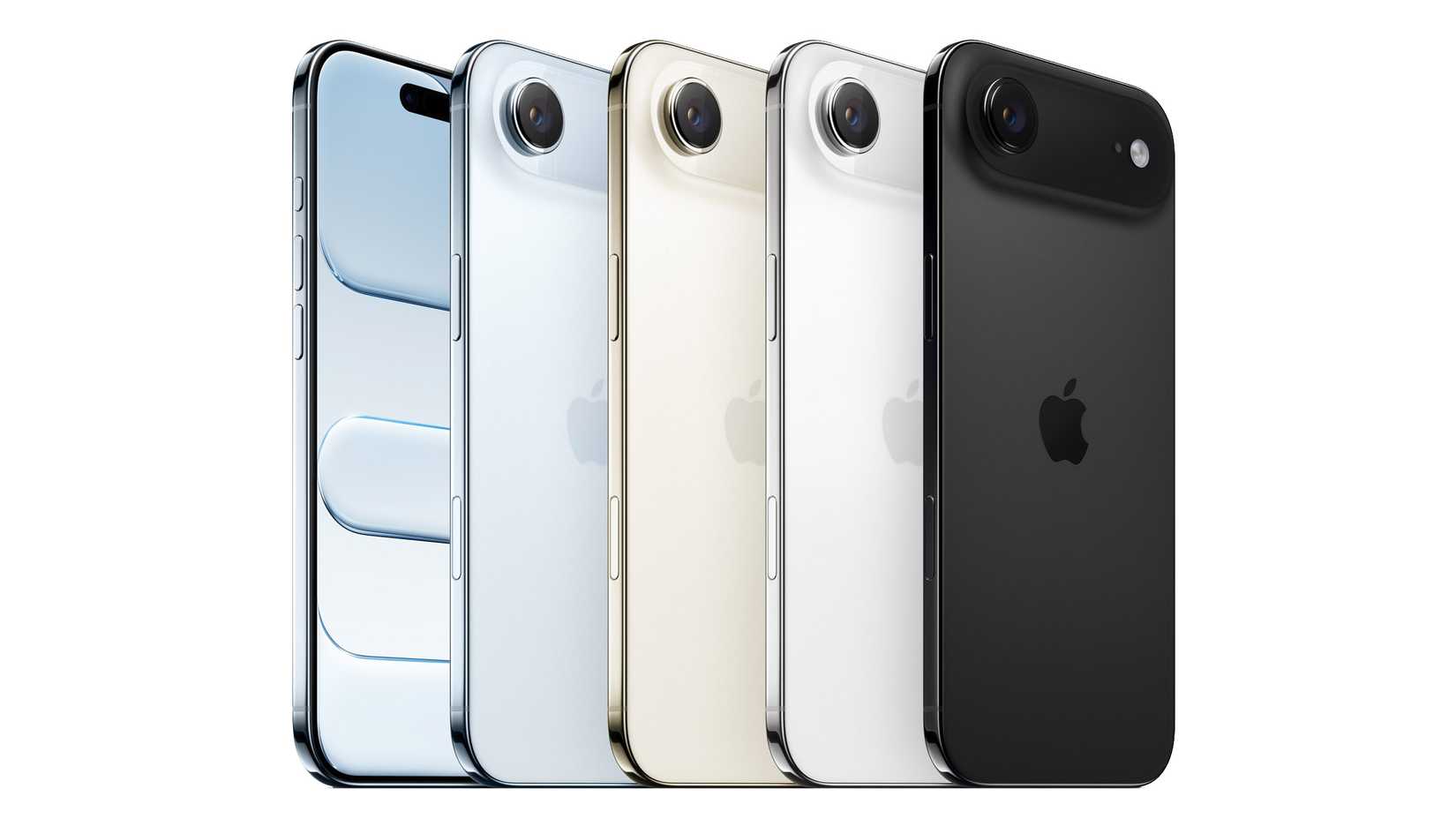We’re finally at that time of year when all the major smartphone makers have revealed their 2025 flagship lineups.
Samsung’s Galaxy S25 series launched in January, and both Apple and Google have officially unveiled their latest devices in the past couple of months. I also went hands-on with Apple’s new iPhone 17 Pro.
I’ve already said it before — the Pixel 10 Pro feels like a refreshing upgrade over the Pixel 9 Pro, even if it doesn’t look drastically different on the outside.
While Google’s AI features and the whole Android ecosystem remain the biggest reasons I prefer sticking with a Pixel, my short time with the iPhone 17 Pro revealed one very specific reason why the Pixel 10 Pro may actually be the better long-term choice for me.
The iPhone 17 Pro hides its bulk with the distraction of the iPhone Air
Apple’s thinner iPhone overshadows the Pro’s weight problem
2025 is shaping up to be the year of thin smartphones. Every major brand is releasing a “slim” device aimed at users who prefer lightness and portability over features like a telephoto zoom camera or a massive battery.
Samsung kicked it off with the Galaxy S25 Edge, Tecno showed a similar device at MWC 2025 (albeit with a much bigger battery), and even Motorola is preparing to join the trend.
All of this, however, felt like a premeditated push from Android makers to get ahead of Apple’s iPhone Air reveal.
As expected, Apple launched the Air this year, replacing the Plus model with a new form factor that prioritizes thinness above all else.
That doesn’t mean Apple skipped on Pro models.
Alongside the Air, the company introduced the iPhone 17 Pro and Pro Max with a redesigned build and brighter screens. Apple also swapped out titanium for aluminum in its Pro lineup to improve heat dissipation.
On paper, those sound like solid changes — until you realize what Apple has actually done.
The iPhone 17 Pro models are not only thicker (by 0.5mm) and heavier than their predecessor, the iPhone 16 Pro, but also their Android rivals, including the Google Pixel 10 Pro, Samsung Galaxy S25 Ultra, and OnePlus 13.
I haven’t used the iPhone 17 Pro long enough to deliver a full verdict, but its new dimensions and weight have already made me appreciate my Pixel 10 Pro more than ever.
Google isn’t perfect either. The Pixel 10 Pro is larger than the Pixel 9 Pro, which was already a big phone, but Google at least added meaningful upgrades like Qi2 magnets.
More importantly, the company isn’t disguising its Pro models’ heft by distracting users with a slim device in the same lineup.
Look, I’m not totally against the bulk of the iPhone 17 Pro and Pro Max. They may well turn out to be excellent smartphones for hardcore users, and the company is also offering the iPhone Air as a perfect option for users who want a slim, lightweight device.
But when I compare the sheer bulk of the iPhone 17 Pro to the more balanced Pixel 10 Pro, even though the difference is only about 2mm on paper and might not seem significant in-store, Google’s flagship still feels like the better phone.
After all, you only truly notice a device’s bulk and weight after you start using it daily.
Pixel 10 Pro doesn’t feel so bad, but Google must fix the slipperiness
Great balance, but the grip is what still needs attention
All of this doesn’t mean the Pixel 10 Pro is perfect. I prefer Google’s design with rounded corners and flat edges. Plus, it is easier to rest the phone with its camera visor on the back, and paired with the new Qi2 magnets, the phone feels more practical than ever.
What I don’t appreciate, however, is how slippery the new Pixel 10 Pro models are. I’ve already dropped my Pixel 10 Pro nearly five times in one month, leaving a small permanent scratch on the back.
Granted, I don’t use a case with my Pixel 10 Pro, and that doesn’t help, but I’m not the only one complaining. People using the Pixel 10 Pro models have said the phone is too slippery and can get out of their hands easily.
Plus, given that the Pixel 10 Pro is both heavier and bulkier than the Pixel 9 Pro, it’s even more prone to slipping out of hand. Sure, Google may have used the tough Gorilla Glass Victus 2 for the back, but a better textured coating would elevate the feel of the phone even more.
That said, if you’ve invested in Google’s flagship this year, I strongly recommend getting a Pixel 10 Pro case as soon as possible to make sure your device remains protected for a long time.
Google Pixel 10 Pro
- SoC
-
Google Tensor G5
- Display type
-
Super Actua
- Display dimensions
-
6.3-inch
- RAM
-
16GB
- Battery
-
4870mAh
- Operating System
-
Android 16
Google’s latest Pro Pixel packs a faster yet efficient Tensor G5 chip, an upgraded ISP, and a brighter display. Plus, an array of new AI features that make it one of the best Android phones to launch in 2025.
- Rear camera
-
50 MP wide | 48 MP ultrawide with Macro Focus | 48 MP 5x telephoto lens
- Dimensions
-
6.0-inches x 2.8-inches x 0.3-inches
- Weight
-
7.3oz
- IP Rating
-
IP68
- Colors
-
Moonstone, Jade, Porcelain, Obsidian



